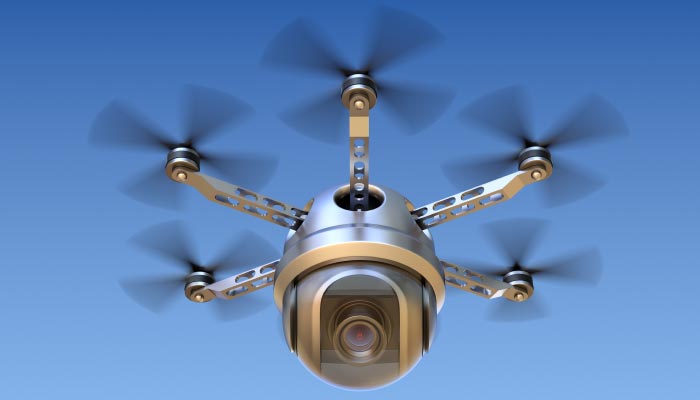As newspapers carry interesting stories about companies like Amazon and Google testing unma nned aircraft systems, you might have begun to realise that the future is coming where transportation might no longer need human intervention. Drones, as unmanned aircraft systems have come to be called, have gone from being feared unmanned machines of war to have great and varied application in the minds of entrepreneurial companies, and the estimated numbers are staggering. Drones (for commercial purposes) are expected to be worth $5.59 billion globally, with almost half of this market being in North America alone. Nearly half of this market share is likely to be captured not by big companies (understood to be companies with an annual turnover of over $50 million), but by smaller companies who learn to optimally and efficiently use this lucrative opportunity to get involved with something new.
nned aircraft systems, you might have begun to realise that the future is coming where transportation might no longer need human intervention. Drones, as unmanned aircraft systems have come to be called, have gone from being feared unmanned machines of war to have great and varied application in the minds of entrepreneurial companies, and the estimated numbers are staggering. Drones (for commercial purposes) are expected to be worth $5.59 billion globally, with almost half of this market being in North America alone. Nearly half of this market share is likely to be captured not by big companies (understood to be companies with an annual turnover of over $50 million), but by smaller companies who learn to optimally and efficiently use this lucrative opportunity to get involved with something new.
Drones change the metrics that govern commercial transport and logistics substantially. No longer is the supplier constrained by the physical limitation of topography, when he can easily take to the skies. Transportation in general is facing the trouble of retaining staff and numbers for drivers – with the possibility of drones, this may no longer be a concern at all. We are looking at what might be a dramatic paradigm shift in nearly all commercial enterprise that involves logistics and transport – which is a gigantic majority of them. Increasing reliability, lowering costs, decreasing the dependency on ailing transport systems, all sounds too good to be true.
Drones are offering incredible solutions to other commercial avenues for profit – advertising, aerial surveys, commercial photography, even as internet wireless routers. The possibilities are endless. One of the major possible uses is security and oversight. Perhaps it is with that in mind that the Federal Aviation Administration (FAA) is now looking seriously at proposed regulations to deal with drones before this industry floods the market and our skies, especially when it comes to security compliance.
If you are interested in this amazing business opportunity that will revolutionize nearly all commercial industries in the near future, it is imperative that you keep an eye for the regulations and framework that will channel the development of this cutting edge technology. With industry estimates stating that even as early as 2020 there will be 30,000 unmanned aircraft systems in operation and that the industry will grow from 2015 to 2020 at a CAGR of 32.22%, this is an opportunity that you cannot afford to pass up on. However, there will be companies that will fail in establishing themselves as users or sellers of unmanned aircraft systems – these will be companies that either move too slowly or fail to deal with or account for industry regulations.
What are the possible restrictions and limitations? It seems very likely that there will be height, locational, and operator restrictions on unmanned aircraft systems. For instance, there will be a certain height in which they will be expected to travel; there will be certain areas that they will be barred from; and that they must be constantly monitored by operators. Furthermore, any development of unmanned aircraft systems must deal with how the drones are to be powered and ensure that one never drops out of the sky due to a lack of energy, as this would make it a hazard. Communication between the operator and the drone must also be constant. Payload regulations (a maximum weight, etc) are another potential area of concern. Understanding and being able to read what the regulations in the future are likely to be is a tough job – the best way for you to be able to predict what may come with any degree of certainty is through an expert who might have a better insight into the FAA.




